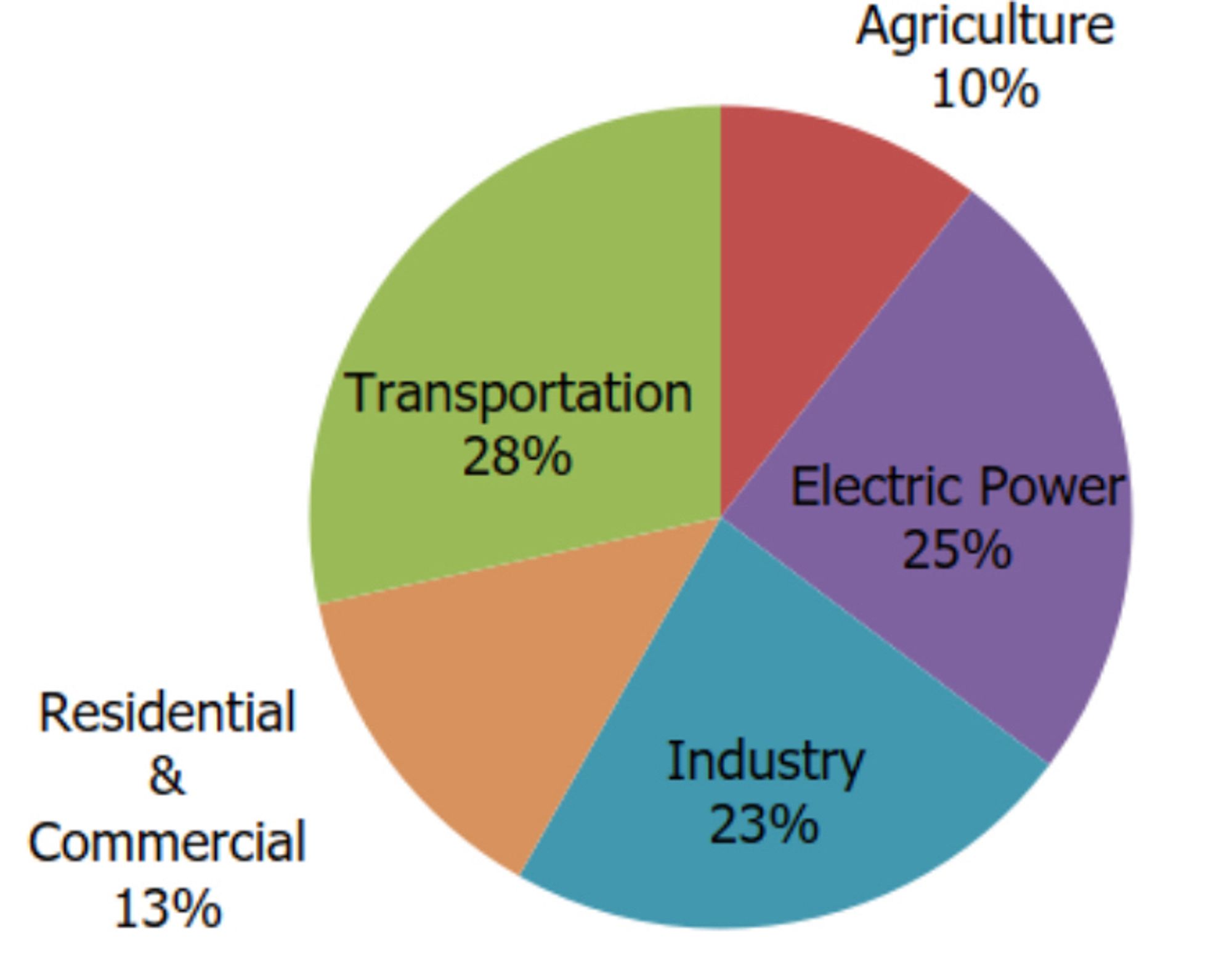
Land, food & climate folks: EPA estimates that 10% of US emissions come from agriculture and that US land use is a net sink, offsetting about 13% of US emissions. Do you believe those numbers? In your view, what are the 1-2 best ways to reduce ag emissions? www.epa.gov/ghgemissions...

These are net CO2e emissions after sinks. That 10% from ag is mostly CH4 from enteric fermentation (and also manure management) and N2O from soils/fertilizer. Nothing is “hard to decarb” but this is close. Precision ag for nutrients can help with N2O. @metaomicsnerd.bsky.social is innovating on CH4
We wrote an article about this a few years ago. It was focused on agricultural production, but 3 additional ways to reduce ag emissions from the demand side include minimizing food loss/waste, eating less beef and more plants, and cutting back on use of crops for biofuels.

To meet the rising food demand, reduce GHG emissions, and help curb climate change, the U.S. agricultural sector will need to activate these six tactics.
I don't really understand why they have two pie charts. They are saying in the back up notes that heating, lighting etc in homes is an indirect emission and not included in the pie chart you chose. The second pie chart is the one that IMO reflects reality.
I remember reading the Dept of Defense CO2 emissions are roughly the same as the whole of Sweden?
fewer cows
Are oil refineries under industry? Seems like they should be bundled with transportation and agriculture .
If we're talking about the waste in the system, meat commodity food waste has to be the most expensive and logistically costly problem with the current system. If meat demand was a direct driver of meat supply in a decommodified sense, there would be far less need to slaughter cattle.
Not American, but 3 easy ways to reduce emissions - Go vegan - or cut out meat and dairy as much as possible - Buy local, seasonal and organic food whenever possible, and only buy what you will actually eat - Don't buy anything your grandmother wouldn't recognise as food
Getting those corn ethanol subsidies off farmers and the land back into beneficial climate use is going to prob need a new as generous subsidy or there will be a powerful political block.
I do not believe these numbers, and am irked to see the sink offset "land use" seems to refer primarily to managed forests. Granted, I also find it annoying to deal with one pollutant in isolation. Best ways to reduce is 1) biodiverse and biomimetic agroforestry and 2) less animal ag/feed/methane.
